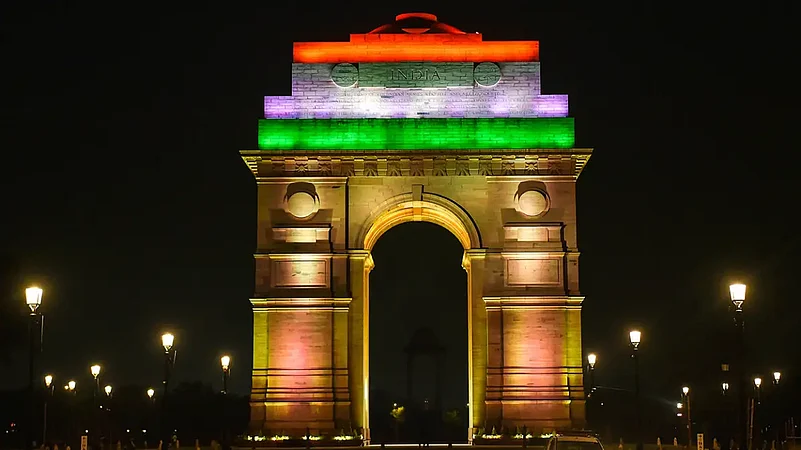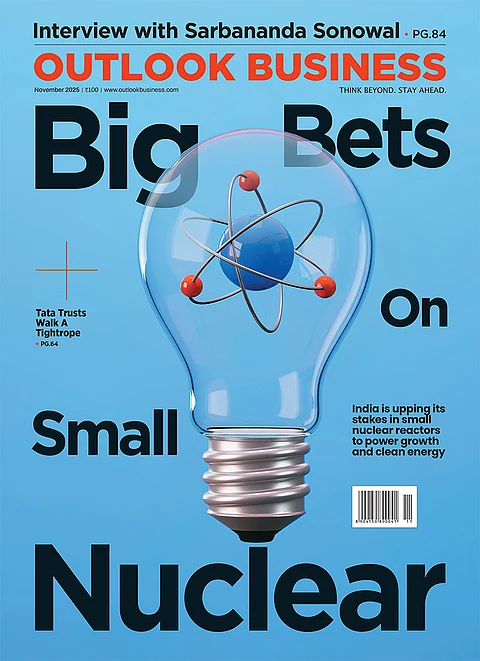The aspiration levels of Indians are back to the pre-covid levels, and more Indians are keen to resort to credit to realise their aspirations. East India leads the pack as the most aspirational region in India (88.2), followed by the West (88.0) on the aspiration index, according to the latest Aspiration Index 2022 study by BankBazaar.
According to the study, this year’s index grew by 2.9 points led by non-material aspirations, such as health (89.5) and relationships (87.9). That said, individual goals diverged sharply, indicating a clear split between what India wants and what it believes it needs.
Mental wellbeing and happiness remained the top priority, the study said, highlighting how India is slowly recovering from the effects of the pandemic.
The study involved 1,675 salaried people in the 22-45 years age group across six metro cities and more than 18 tier-II cities across India. Women comprised 43 per cent of the respondents.
The top-5 goals chosen by the respondents by sample size were: be mentally healthy and happy (49.2 per cent); travel and see the world (44.1 per cent); save for children’s education (37.9 per cent); become an entrepreneur (34.1 per cent); and spend on premium products (31.3 per cent).
The top five goals chosen by the respondents by index were: be mentally healthy and happy (89.5); live near family (89.2); have nutritious food (89.2); own house (89.1); and save for children’s education (88.8).
The findings revealed that the metro cities (87.8) still led the graph over non-metros (85.2) in terms of aspirations, with the gap being the highest till date at 2.6.
Women More Aspirational
Women had bigger aspirations (88.7) compared to men (85.7), leading by three whole points, the findings revealed.
Women across all age groups were more aspirational than men, with the moneymooner category (28-34 years) leading the pack. The early jobber men (22-27 years) were the least aspirational. Wealth remained the most important aspiration for the moneymooner women, but the least important for the wealth warrior women (35-45 years). These women placed greater importance on fame and personal growth over wealth.
Roadblocks To Aspirations
Limited savings and the high cost of living were the major roadblocks to aspirations in the post pandemic scenario across all age groups, the study revealed.
“The pain points of each age cohort emerge distinctly. Early Jobbers face serious job losses and depletion of savings during the covid years; nearly half rue the lack of savings. moneymooners are torn between family responsibilities and work pressures in a swiftly changing world. And wealth warriors are thrown off-track by high cost of living and depleted savings,” the report highlighted.
Inflation And Borrowings
Inflation and borrowings also have had an effect on the overall scenario. More than three-fourth (77 per cent) respondents agreed that expenses had gone up sharply, of late.
“Wealth warriors, with bigger liabilities and higher responsibilities, feel the heat the most. Metros (79 per cent) feel the pinch more than the non-metros (72 per cent). Correspondingly, the reliance on credit to meet monthly expenses has increased for 62 per cent respondents, and savings have plateaued or gone down for almost 80 per cent,” the study said.
About 80 per cent of those surveyed agreed to have borrowed anything between Rs. 5,000 and Rs. 50,000 per month to meet monthly expenses. Incidentally, this was despite the fact that 64 per cent respondents had acknowledged receiving one increment, and 44 per cent agreeing to have received one promotion over the last one year.
The north led the pack in terms of borrowing (85 per cent), followed by east, south and west at 84, 80 and 70 per cent, respectively.
About 57 per cent respondents also agreed to have taken a new loan in the last one year to fulfil their aspirations or needs.
“Metros (56.9 per cent) borrowed more than non-Metros (52.1 per cent). While only 4 per cent of these new borrowers are finding it difficult to repay their loans, 82 per cent are considering restructuring their loans. Non-metros (8.1 per cent) are finding it twice as difficult to meet their loan commitments compared to Metros (3.1 per cent). West (7.1 per cent) and east (6.5 per cent) are finding it tougher to repay compared to south (3.6 per cent) or north (0.9 per cent),” the study said.
Says Adhil Shetty, CEO, BankBazaar.com, “After more than two and half years of emotional and financial distress, people are keen to reclaim their earlier lives and fulfil aspirations that were pushed back due to Covid. However, the realities of the post-Covid world, and the rising inflation and global instability in its wake, are compelling people to take a more pragmatic and measured look at how they go about doing this. Consequently, we are seeing people prioritise their goals more than ever.”
One noteworthy aspect, the study found, was that people are now more focussed on their priorities.
“Despite inflation, people are still focused on their priorities. The study shows that 57 per cent of people took a loan in the last year. Of these, almost half of them have taken a loan to invest in a house (49 per cent) or vehicle (43 per cent). Around 35 per cent to fund higher studies and 26 per cent for home upgradation. When you read this along with the overall high Aspiration Index, it indicates India's resolve to battle through challenges in pursuit of their goals,” Shetty adds.
Savings Hit, Alternate Investments Up
The pandemic also impacted people’s savings largely because of job losses, medical expenses, and rising costs of living, the report said.
“About 47 per cent respondents reported a drop in their monthly savings while 32 per cent said they were unable to increase their savings. While respondents across all age cohorts have seen a drop in savings, the reduction has not been the same for all. Among women, early jobber and wealth warriors saw a greater drop in their savings as compared to moneymooners,” the study said.
One interesting finding of the study was the growing interest in non-traditional forms of investment, specifically cryptocurrency as a fallout of reduction in savings and the rising aspiration on the opposite side of the spectrum.
“About 32 per cent of the survey respondents invested in cryptocurrency, out of which a whopping 38 per cent consisted of early jobber women,” the study further said.























.png?w=200&auto=format%2Ccompress&fit=max)





